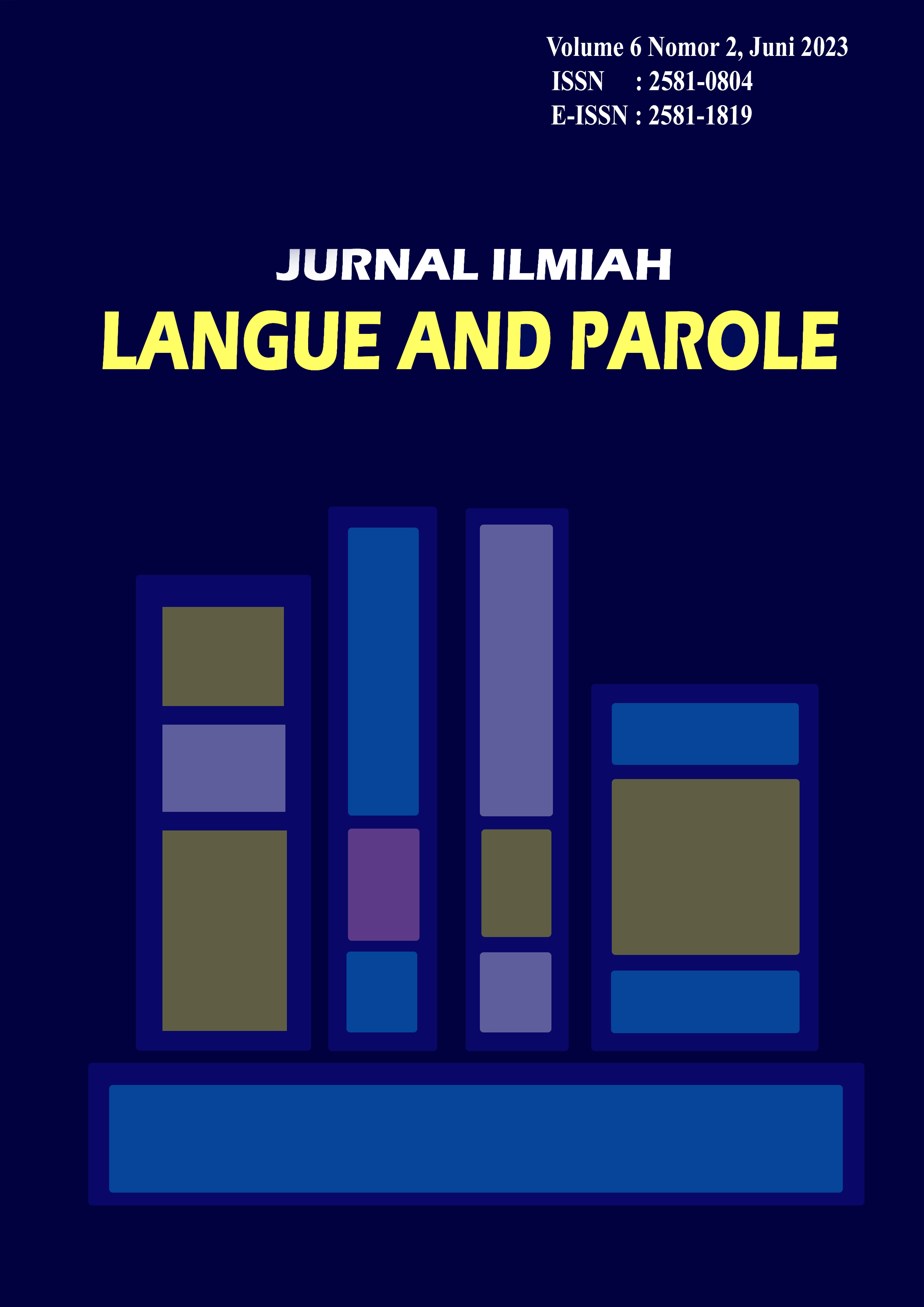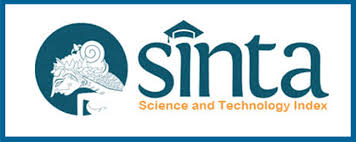An Analysis of Code-Mixing Found In Boy William’s “Nebeng Boy”
DOI:
https://doi.org/10.36057/jilp.v6i2.594Keywords:
Code-Mixing, Boy William, Nebeng BoyAbstract
This research aims to find out the code choices chosen by the participants of YouTube content “Nebeng Boy” and the reasons why the participants choose the different codes. This research was a case study of sociolinguistics which employed a descriptive qualitative method. Nebeng Boy is one of the most popular YouTube content created by Indonesian YouTuber and an ex-Video Jockey from MTV, Boy William. The participants in this YouTube content are divided into two; the Host and the Guests. In collecting the data, the researcher has done a few techniques namely taking notes from observing the conversation, transcribing the dialogues between participants, and classifying the data. The researcher used total sampling technique and took the whole part of dialogue from six videos of “Nebeng Boy”. The results of this research show that the code choices employed by the participants of Nebeng Boy are informal variety from Bahasa Indonesia and English which resembles of high social class or high social status. Each participant has different way in using the codes and also has different reason behind it. The Host of the program uses informal code choices to show solidarity, express emotions, show intimacy, changing topics, and including another person to the conversation. Meanwhile, the factors that the guests use the code choices are the background of the person, the profession, function of the conversation, topics, the situation of conversation, and to include another person.
Downloads
References
Bhatia, Tej K. and William C. Ritchie. 2004. The Handbook of Bilingualism. Malden: Blackwell Publishing Ltd.
Chomsky, Noam. 2006. Language in Mind. Cambridge: Cambridge University Press.
Creswell, Jhon W. 2013. Research Design: Qualitative, Quantitative, and Mixed Method Approaches. New York: SAGE Publication, Inc.
Djajasudarma, Fatimah. 2006." Metoda Linguistik Ancangan Metoda Penelitian dan Kajian". Bandung: Refika Aditama. Accessed on January 17, 2021, at 8.00 am.
Ho, J.W.Y. 2007. The International Journal of Language Society and Culture: Code-mixing: Linguistic form and socio-cultural meaning. Hongkong: Lingnan University.
Hoffmann, Charlotte. 2014. An Introduction To Bilingualism. New York: Routledge.
Kim, Eunhee. 2006. Reasons and Motivation for Code Mixing and Code Mixing. Issues in EFL 4(1), 43-61. http:llonginalresearch.blog.uns.ac. idlfi1es/2010/04/reasons-andmotivations-for-code-mixing-and-code-mixing-by-eunhee-kim.pdf. Accessed on January 18, 2021, at 6.20 pm.
Leedy, Paul D, and, Jeanne Ellis Ormrod. 2015. Practical Research Planning and Design. Malaysia: Vivar.
Liu, Ping. 2006. Code Mixing and Code Mixing. Germany: GRIND Verlag.
Marzona, Yessy. 2017. The Use Of Code Mixing Between Indonesian And English In Indonesian Advertisement Of Gadis. Jurnal Ilmiah Langue and Parole 1(1):238–48. Accessed on December 30, 2021, at 11.30 pm.
Maschler, Yael. 1998. On the transition from code-mixing to a mixed codeLondon: Routledge.
Muysken, Pieter. 2000. Bilingual Speech: A Typology of Code Mixing. Cambridge: Cambridge University Press.
Pratama, Putu Agus Eka. 2020. Sosial Media dan Sosial Network Informatika Bandung. Accessed on December 29, 2021, at 6.00 pm.
Salam, Rusidah, Ratnawati and Faradiba Amalia. 2016. An Analysis of Code Mixing Used By Maestro Gate 107 , 5 Fm Radio An- Nouncers in Muslim University of Indonesia. TAMADDUN Jurnal Bahasa, Sastra Dan Budaya 15(1):23–30. Accessed on December 30, 2021, at 4 11 pm.
Sapir, Edward. 1991. Language: An Introduction to the Study of Speech. New York: Harcourt, Brace & World.
Sugiyono. 2013. Metode Penelitian Kuantitaif, Kualitatif, dan R&D. Bandung: Alfabeta.
Wardhaugh, Ronald and Janet M Fuller. 2015. An Introduction to Sociolinguistics. Malden: Wiley Blackwell.
Windyawati, Yulianti and Octavia Aurima. 2018. An Analysis of Indonesia English Code Mixing in Facebook Status Users. PROJECT Professional Journal of English Education 1(5):539. Accessed on December 29, 2021, at 2.00 pm
Downloads
Published
How to Cite
Issue
Section
License
Copyright (c) 2023 Jurnal Ilmiah Langue and Parole

This work is licensed under a Creative Commons Attribution-NonCommercial-ShareAlike 4.0 International License.








